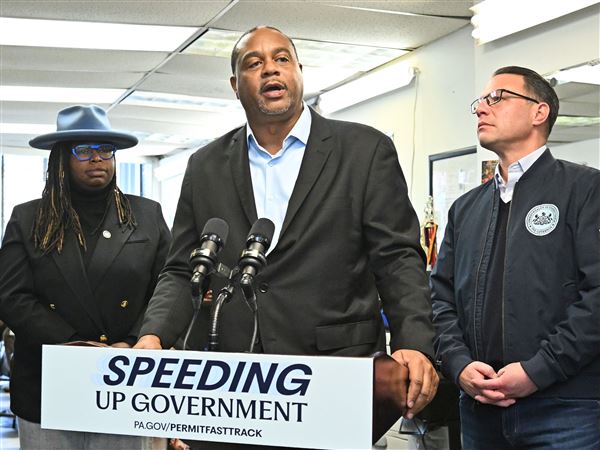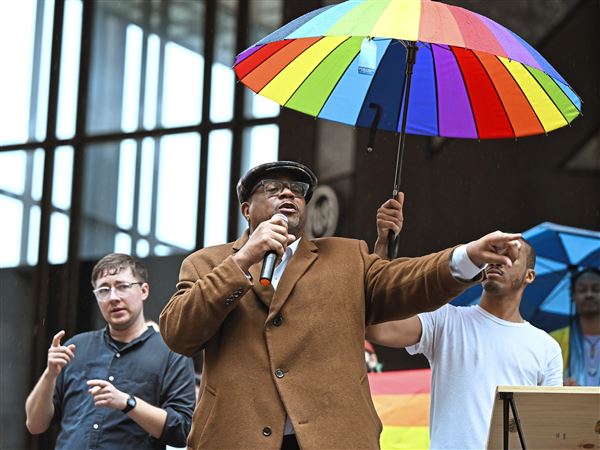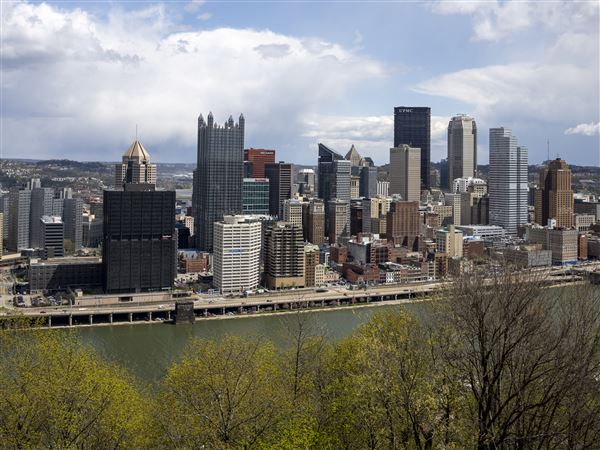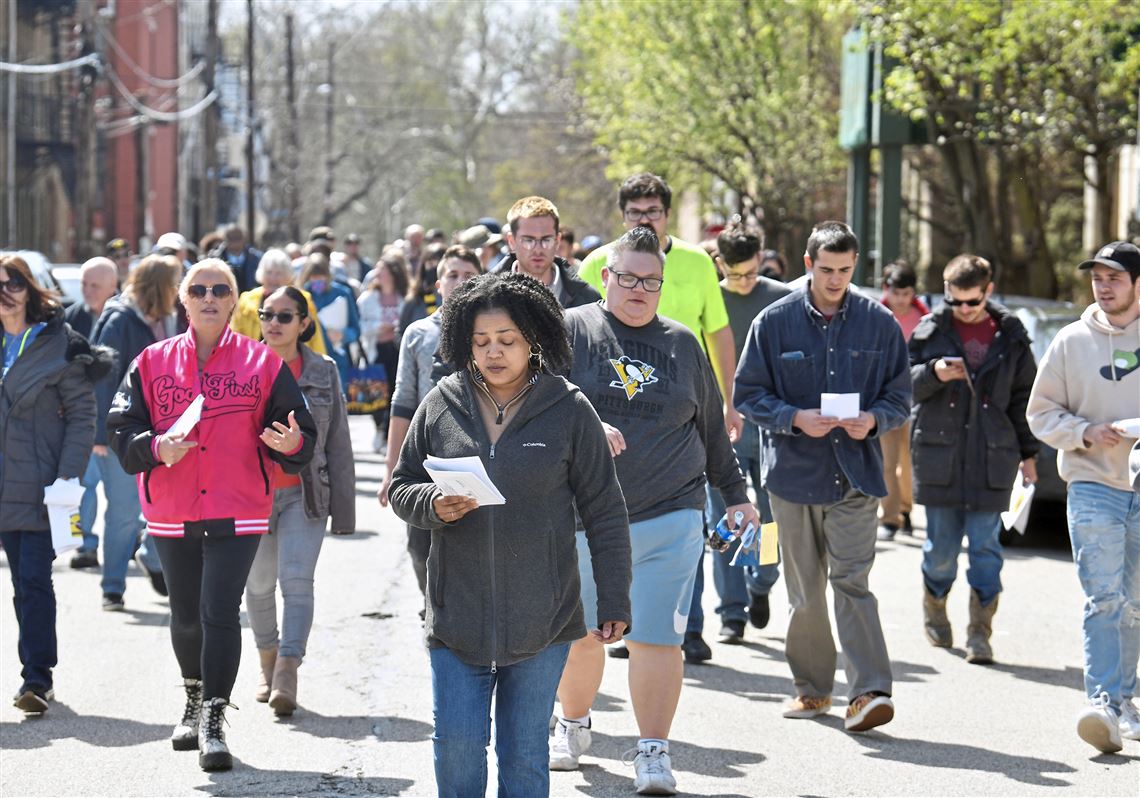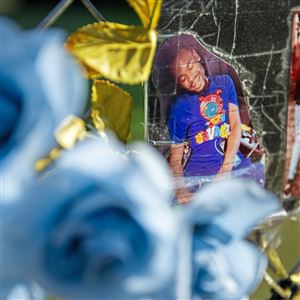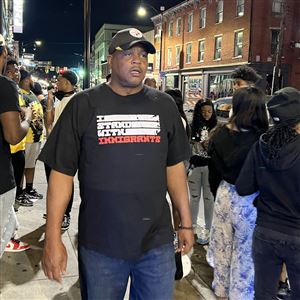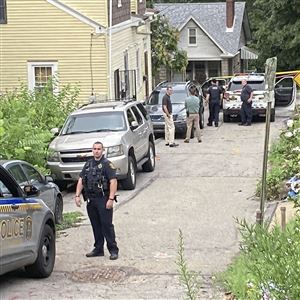Homicides in Allegheny County are concentrated in a small number of neighborhoods, and young Black men are among the most impacted, according to a new study published by county researchers.
The study, released this month by the county’s Human Services Department, said the county and City of Pittsburgh had seen stable or declining homicide rates from 2016 and 2019. But progress made over prior years was reversed between 2019 and 2021 when homicides increased in the county by 27% and city by 43%.
According to data from the county medical examiner, more homicides over the past few years had taken place outside the city than in. But for the first six months in 2022, about 60% of Allegheny County’s homicides took place in Pittsburgh.
City homicides are up 25% during the first half of 2022 compared to the same period last year, according to a report from the Council on Criminal Justice released Thursday. The report showed an average decrease of 2% in homicides among the 23 major cities studied, but Pittsburgh had the third largest percentage increase, ranking only behind Milwaukee and Raleigh, N.C.
Wilkinsburg has seen the highest homicide rate of any county municipality in the last five years at nearly 62 per 100,000 people, according to county researchers. McKees Rocks and Rankin are the next highest at 56 and 53 per 100,000 people respectively.
Within Pittsburgh, Homewood South has the highest homicide rate of any neighborhood at more than 200 per 100,000 people. Homewood North and Larimer have the next highest rates at about 100 per 100,000 people.
The violence comes as Pittsburgh and other major cities across the country continue to experience a surge in shootings, a trend which began last year with homicides reaching historic levels in some places, including Philadelphia.
Experts say one of the primary reasons for gunfire among young people emerged during the pandemic when feuds started on social media among groups that were isolated at the time, and they lacked important support structures like school and other activities. While restrictions have lifted, many of the dangers have endured, especially with young people now back on the streets.
The county report said the cycle of violence can be “brutal, self-reinforcing and yet another perpetuator of poverty in our higher-need communities.”
“When violence is commonplace, residents retreat from neighborhood activity and are more likely to move; the effects of persistent trauma accumulate and have a severe impact on the mental and physical health of residents; business growth and prosperity are limited; the education, justice and medical systems are strained; the ability to learn in school is inhibited; and community progress slows,” it said.
Lt. Venerando Costa, who heads the Allegheny County Police’s homicide unit, said it’s too early to start drawing trends from this year’s crime data and comparing it to previous years.
“I don’t think you can really pull anything out of that, one year to another,” he said. “But historically, homicide rates have been going up.”
Local officials have been taking action they say will prevent future tragedies.
Pittsburgh Mayor Ed Gainey unveiled what he called the “Pittsburgh Plan for Peace” in June to counter the deaths and injuries partly through greater police visibility in some of the hardest-hit neighborhoods. But he has not released more specific details about the plan and how it’s being implemented.
Erin Dalton, who leads the county department that prepared the study, said it hasn't funded violence prevention efforts in the last 25 years but now plans to use "scarce human service dollars" to help stem the tide.
"The short answer is we're going to fund the support . . . and then we're going to work with our community partners and see if we can prevent the next one," she said Wednesday.
Post-Gazette staff writer Hallie Lauer contributed reporting. Jon Moss: jmoss@post-gazette.com; Twitter: @mossjon7; 412-263-1542.
First Published: July 28, 2022, 9:00 a.m.
Updated: July 28, 2022, 10:58 a.m.


